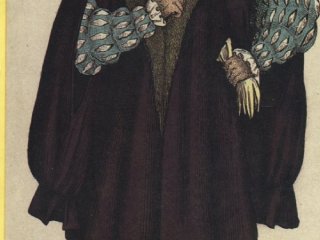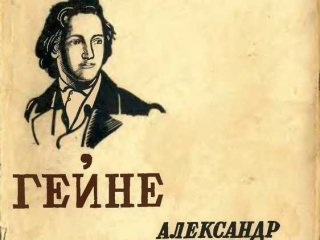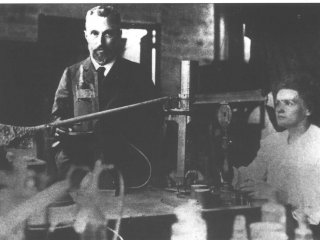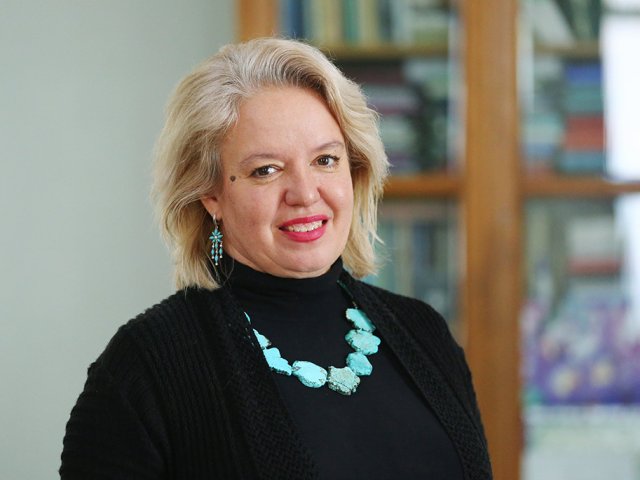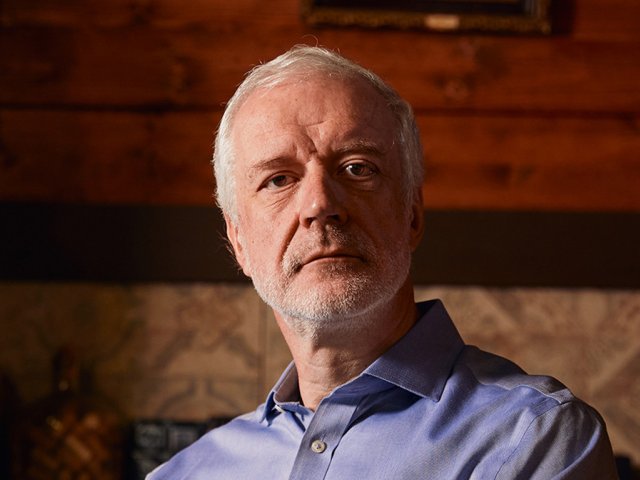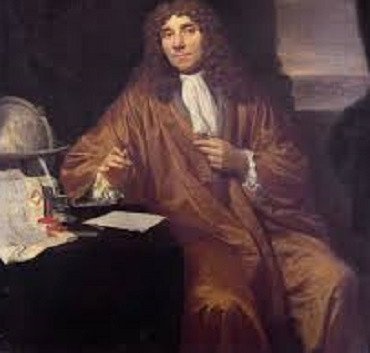
They say that once Antonie van Leeuwenhoek showed Jonathan Swift the work of his creation. The amazed satirist was so inspired by the scale of this idea that he resolutely began to write a book about Gulliver’s journey to the Lilliputians. It happened as Leeuwenhoek had shown Swift a microscope. Antonie van Leeuwenhoek was born in Dutch Delft in 1632 in a family of basket-maker Philips Antonisz. He designed his surname on his own – there was the Lion Gate next to his home. The future natural scientist’s uncle taught him mathematics and physics. However, Antonie decided not to study to become an accountant in Amsterdam, as he had planned, but he got a job at a haberdashery shop. There, Leeuwenhoek saw the simplest microscope, a lens on a tripod used by textilemen. And he fell in love with it right away. He bought the same microscope and returned to Delft. His hobby captured him entirely – thus, he had to abandon his trade business. The modest gatekeeper of the Delft City Hall was constantly grinding glass, making tiny lenses from it and looking at everything he could get: sheep wool, fly’s wings... Thus, one day he bent down to the glass with a pepper-water under it – the inquisitive scientist decided to find out why pepper was so stingy towards the tongue. The result is appropriately described in a poem by Nikolay Zabolotsky:
“At a minuscule medium gazing,
Through Leeuwenhoek’s magic device,
Our science has put the amazing
Signs of life in front of our eyes.”
The Royal Society of London confirmed the discovery of microbes, and inquisitive people flocked to Delft. Among others, the naturalist introduced the world of microbes to English King James II and Russian tsar Peter the Great. In 50 years of his work, Leeuwenhoek discovered over 200 microorganisms and built over three hundred microscopes with a three hundredfold magnification. Leeuwenhoek was the first scientist to discover erythrocytes and ciliates, sketch spermatozoa, describe lens fibers, skin scales, etc.
